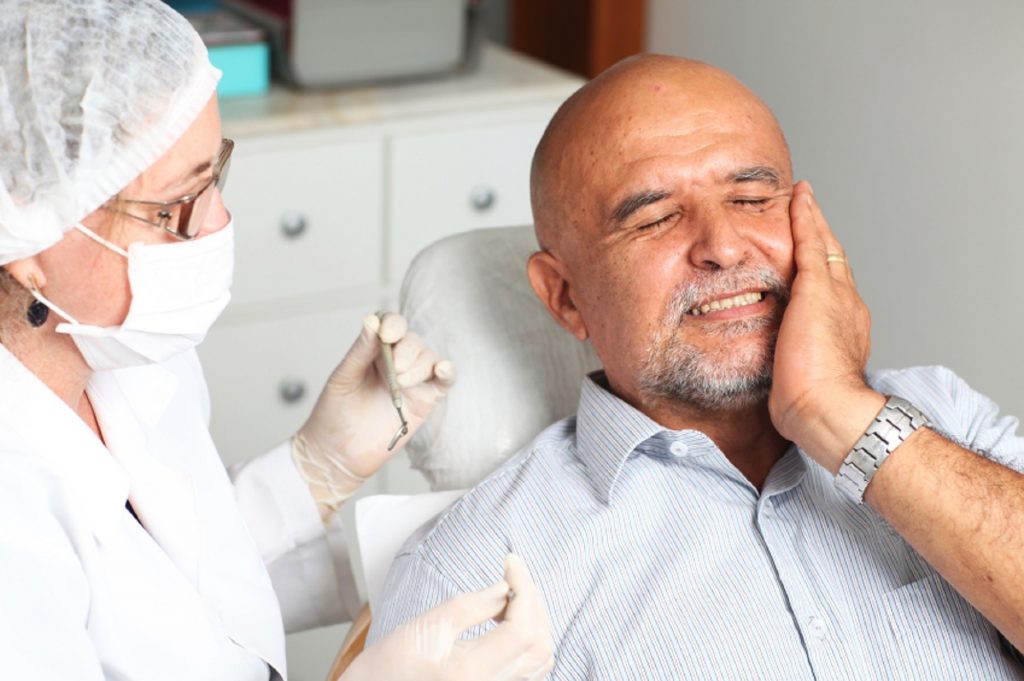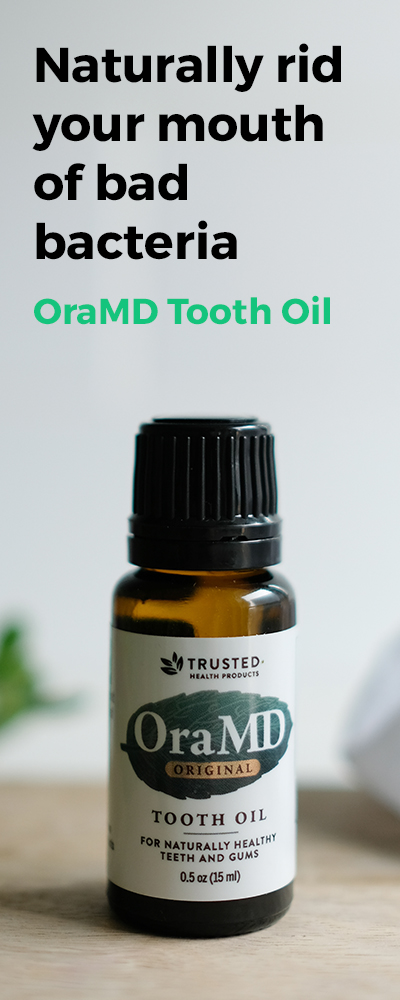Contents

What Is A Tooth Abscess?
An abscess can occur in the mouth from infections between the teeth and gums, or in the root of the tooth itself. They are most frequently caused by severe tooth decay in which the enamel is opened or broken and bacteria infect the pulp of the tooth. They can also be due to local trauma when a tooth is chipped or broken. They are extremely painful, and can spread to the supporting bone structure of the teeth if not properly dealt with in enough time. The pain associated with an abscess isn’t limited to the immediate area where it’s located. More pain may occur when you close your mouth tightly or bite down. Therefore you will likely experience pain when eating, not only if food touches or irritates the abscess, but from chewing as well.
Symptoms Of A Tooth Abscess
The most common symptom of an abscessed tooth is a severe toothache. This is due to the inflamed, infected area pressing on the nerve and root of the tooth. In many cases, the root can die as a result of the infection and the pain may subside. However, this does not mean that the infection is gone. It can stay active and continue to destroy gum tissue and spread to the bone where it can do further damage, potentially resulting in tooth loss. Other symptoms you may notice include:
- Pain
- Swelling in upper or lower jaw
- Redness of mouth or face
- Swollen neck glands
- Nausea
- Vomiting
- Fever
- Chills
- Diarrhea
- Gum inflammation/swelling
- Tenderness with touch
- Pus drainage or open sore in mouth
- Difficulty fully opening your mouth
- Breath odor
- Sensitivity to hot or cold
- Shooting or throbbing pain when chewing
Tooth Abscess Danger
The dangers of a tooth abscess reaches far beyond the pain and discomfort of the abscess itself. If it is left untreated, the infection can spread to other teeth, or other tissues of the mouth and face. This can cause severe swelling, and in some instances if it is untreated for long enough the swelling can even cut off airways and cause death. The infection first spreads into the jaw bone and supporting structure for the teeth. Once this happens, loss of teeth can be expected as the bone is eroded. At this point it can spread to the rest of the bone structure of the face and continue to destroy tissue along the way, sometimes even resulting in facial disfigurement from bone loss.
What Causes A Tooth Abscess?
The number one offender when it comes to a tooth abscess is poor oral hygiene. When you don’t execute proper oral hygiene, the harmful bacteria that live in the mouth can build up to dangerous levels. These bacteria eat leftover food particles and sugars from your diet and produce acidic waste that can destroy the enamel of your teeth. This is how cavities form, and they create an open door for infection. As cavities go deeper into the tooth, the same bacteria that caused the cavity gain access to the nerve and the pulp of the tooth. At this point, the infection can spread to the root of the tooth and the supporting bone beneath it. As the infection spreads and more tissue is destroyed, pus will collect at the site and create an abscess.
How To Prevent A Tooth Abscess
The best way to prevent abscesses from developing is to implement a solid oral hygiene plan that will prevent bacteria from causing the decay that leads to infection. Be sure that you brush at least twice a day (preferably after each meal or snack), use an antibacterial mouthwash twice a day to get to the areas you can’t brush, and floss at least once a day to remove food particles that bacteria feed on from between the teeth. Visit your dentist for regular checkups every 6 months, and have any cavities treated right away to prevent infection from occurring. If abscesses form regularly, you may need to seek further treatment to determine whether or not there is an underlying medical condition that causes them.
Treatment Of Tooth Abscesses
The treatment for tooth abscesses typically will involve antibiotic medications to fight the infection, and depending on your doctor or dentists discretion, pain medications. If the infection doesn’t respond to the antibiotic alone, the only other option is to have it lanced so that it can drain. If the infection is severe enough, the tooth may need to be extracted. If the tooth can be salvaged, a root canal may be necessary as well.
What To Do About It
As the old saying goes, “an ounce of prevention is worth a pound of cure”. The best thing to do is to be proactive, and practice good oral hygiene to prevent these types of infections from taking place. If your mouth produces more bacteria than average, you may need to consider which products you’re using to take care of your mouth. Many products found in stores contain ingredients that can actually create a better environment for bacteria to grow.
Did it ever occur to you that the least expensive and painful option might be found in nature? Why not try a great product that provides natural relief?


